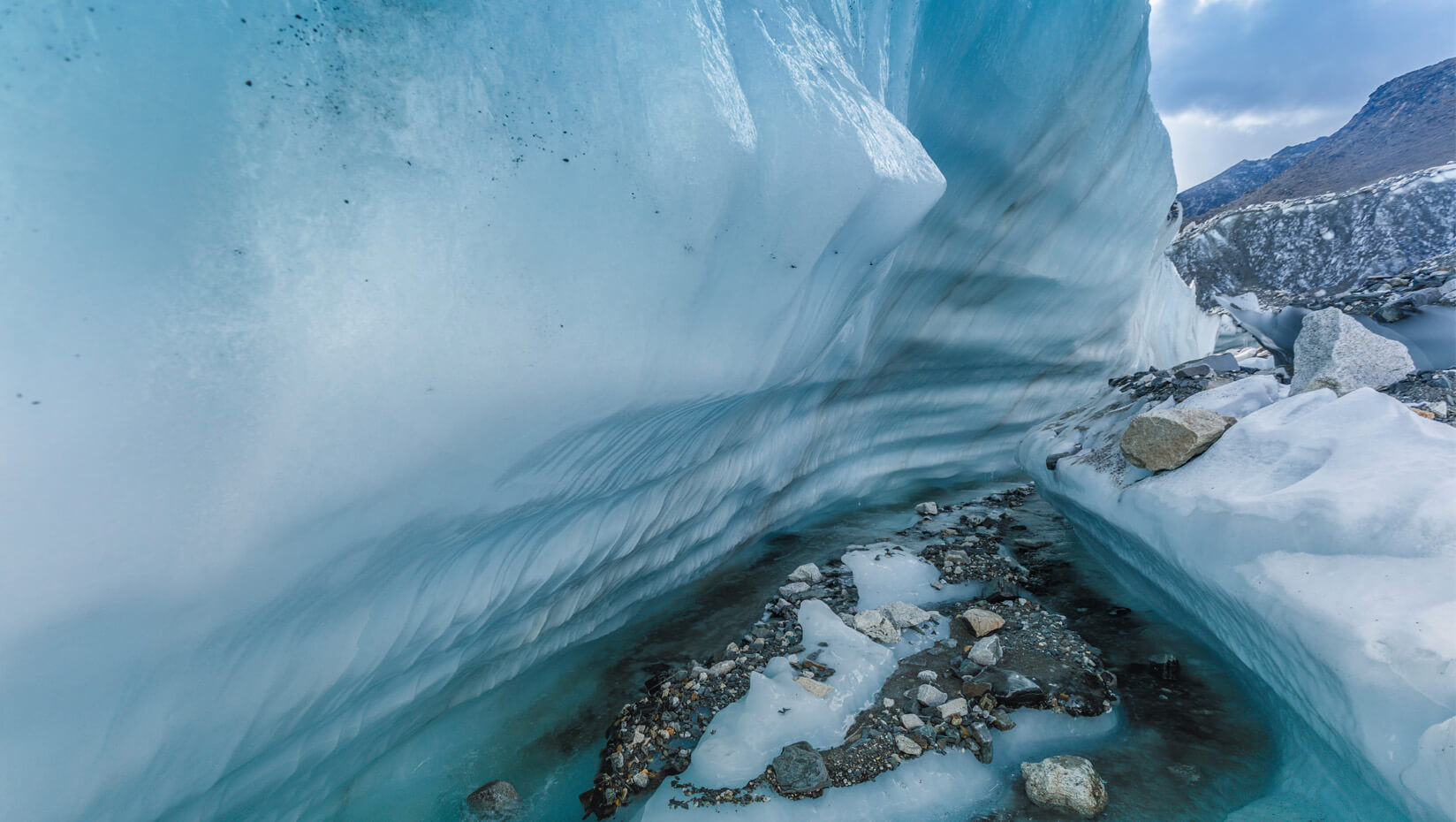
Scientists rank world’s most important, most threatened mountain water towers
Scientists from around the world, including University of Maine Climate Change Institute director Paul Mayewski, have assessed the planet’s 78 mountain glacier-based water systems and, for the first time, ranked them in order of their importance to adjacent lowland communities, as well as their vulnerability to future environmental and socioeconomic changes.
These systems, known as mountain water towers, store and transport water via glaciers, snow packs, lakes and streams, thereby supplying invaluable water resources to 1.9 billion people globally — roughly a quarter of the world’s population.
“Glaciers are a critical part of our Earth system,” says Mayewski.
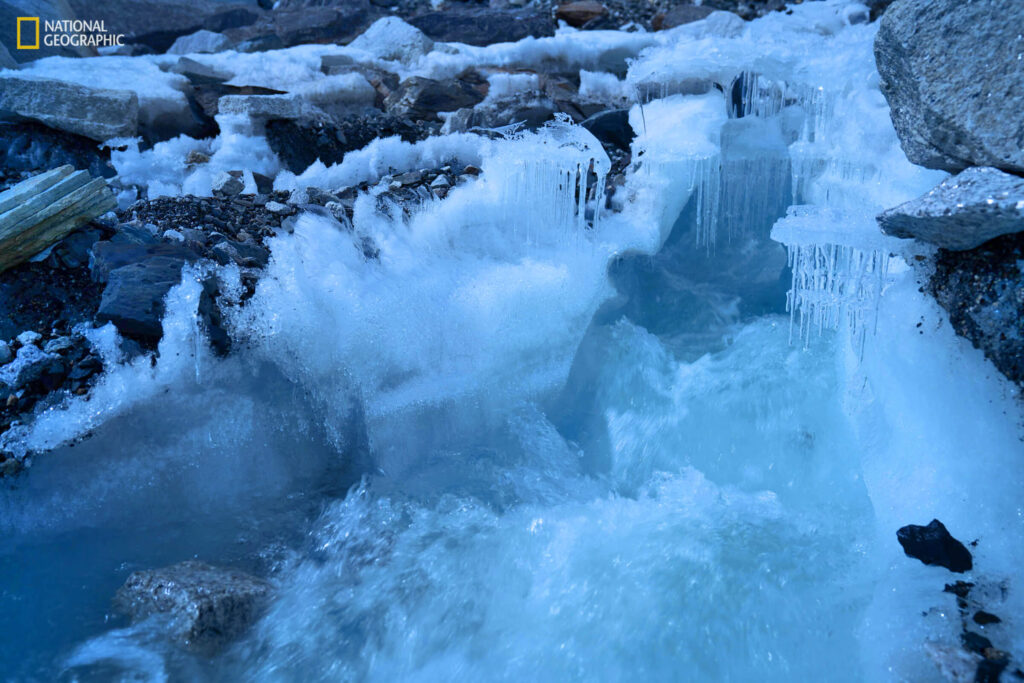
“They serve as the early responders to climate change and as they disappear the decline in water storage has clear impacts for health, agriculture and hydroelectric power.
“Plus, melting glaciers create potential for glacial water outburst floods and release of decades’ worth of pollutant storage.”
The research, published in the prestigious scientific journal Nature, provides evidence that global water towers are at risk, in many cases critically, due to the threats of climate change, growing populations, mismanagement of water resources, and other geopolitical factors.
Further, the authors conclude it is essential to develop international, mountain-specific conservation and climate change adaptation policies and strategies to safeguard both ecosystems and people downstream.
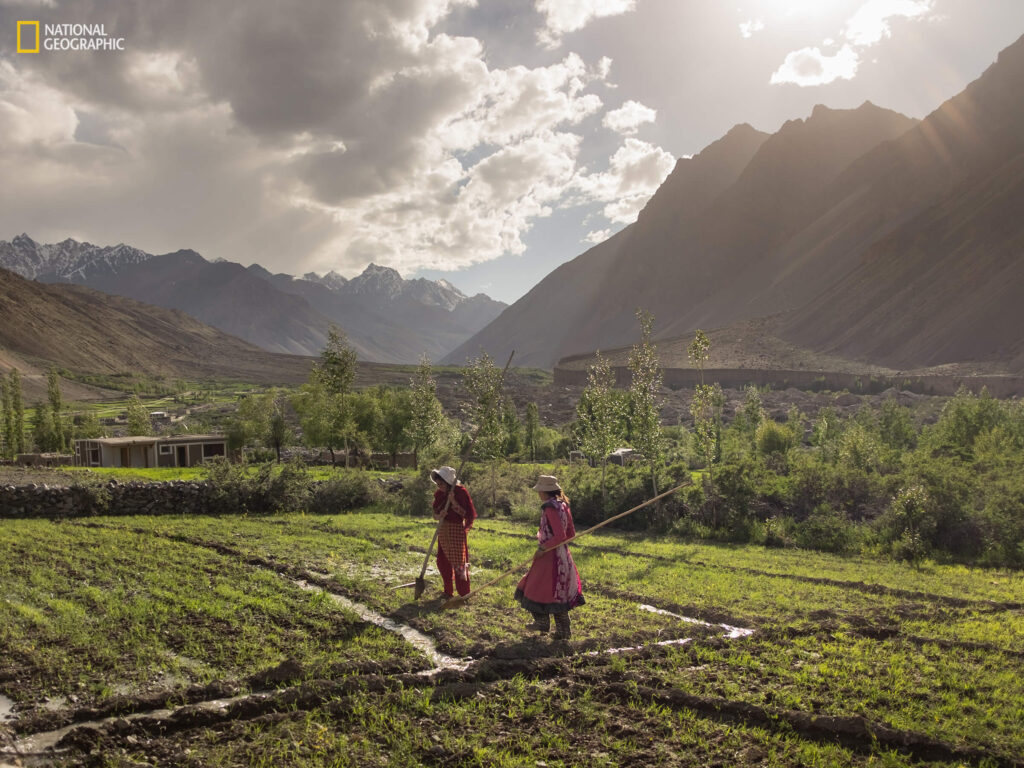
Globally, the most relied-upon mountain system is the Indus water tower in Asia, according to their research. The Indus water tower — made up of vast areas of the Himalayan mountain range and covering portions of Afghanistan, China, India and Pakistan — also is one of the most vulnerable.
High-ranking water tower systems on other continents are the southern Andes, the Rocky Mountains and the European Alps.
To determine the importance of these 78 water towers, researchers analyzed the various factors that determine how reliant downstream communities are upon the supplies of water from these systems.
They also assessed each water tower to determine the vulnerability of the water resources, as well as the people and ecosystems that depend on them, based on predictions of future climate and socioeconomic changes.
Of the 78 global water towers identified, the five most relied-upon systems by continent are:
- Asia: Indus, Tarim, Amu Darya, Syr Darya, Ganges-Brahmaputra
- Europe: Rhône, Po, Rhine, Black Sea North Coast, Caspian Sea Coast
- North America: Fraser, Columbia and Northwest United States, Pacific and Arctic Coast, Saskatchewan-Nelson, North America-Colorado
- South America: South Chile, South Argentina, Negro, La Puna region, North Chile
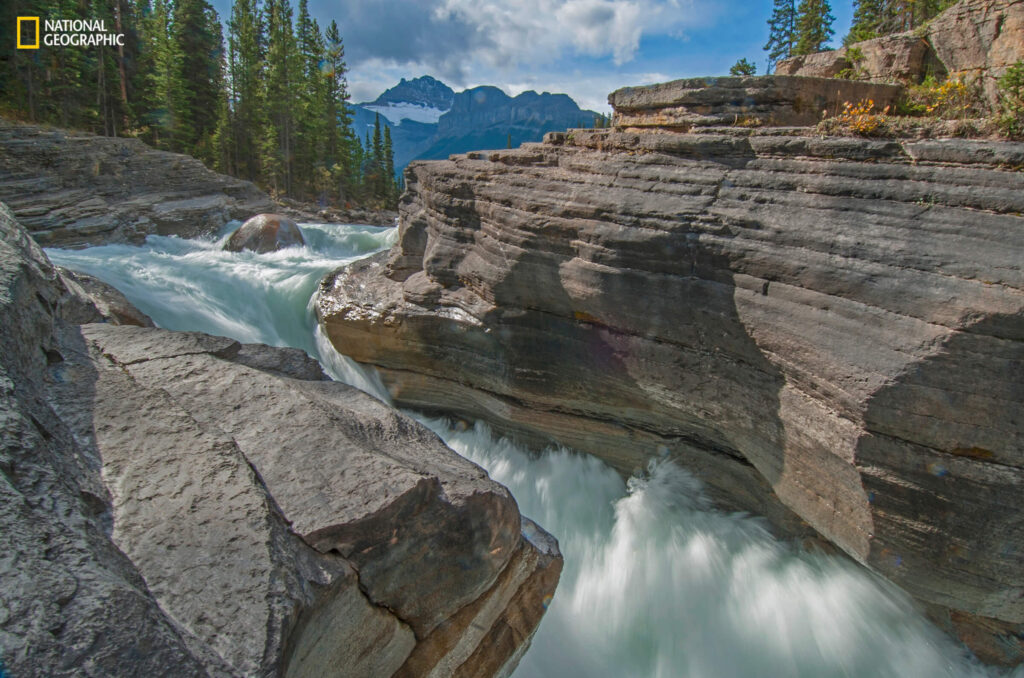
The study, which was authored by 32 scientists from around the world, was led by professor Walter Immerzeel and Dr. Arthur Lutz of Utrecht University, longtime researchers of water and climate change in high mountain Asia.
“What is unique about our study is that we have assessed the water towers’ importance, not only by looking at how much water they store and provide, but also how much mountain water is needed downstream and how vulnerable these systems and communities are to a number of likely changes in the next few decades,” said Immerzeel.
Lutz added, “By assessing all glacial water towers on Earth, we identified the key basins that should be on top of regional and global political agendas.”
This research was supported by National Geographic and Rolex as part of their Perpetual Planet partnership, which aims to shine a light on the challenges facing the Earth’s critical life-support systems, support science and exploration of these systems, and empower leaders around the world to develop solutions to protect the planet.
Six scientists from the University of Maine Climate Change Institute returned in June from National Geographic and Rolex’s Perpetual Planet Extreme Expedition to Mount Everest.
Mayewski was expedition leader and lead scientist for the international project that involved 55 science partners, National Geographic staff, journalists, Sherpas and porters. The goal was to examine high mountain glaciers — water towers for people downstream.
During the two-month expedition, CCI doctoral candidate, glaciochemist and climbing team member Mariusz Potocki collected the world’s highest ice core. Doctoral student Heather Clifford drilled an ice core at Base Camp and gathered sediment, snow and stream water to analyze for persistent organic pollutants and microplastics.
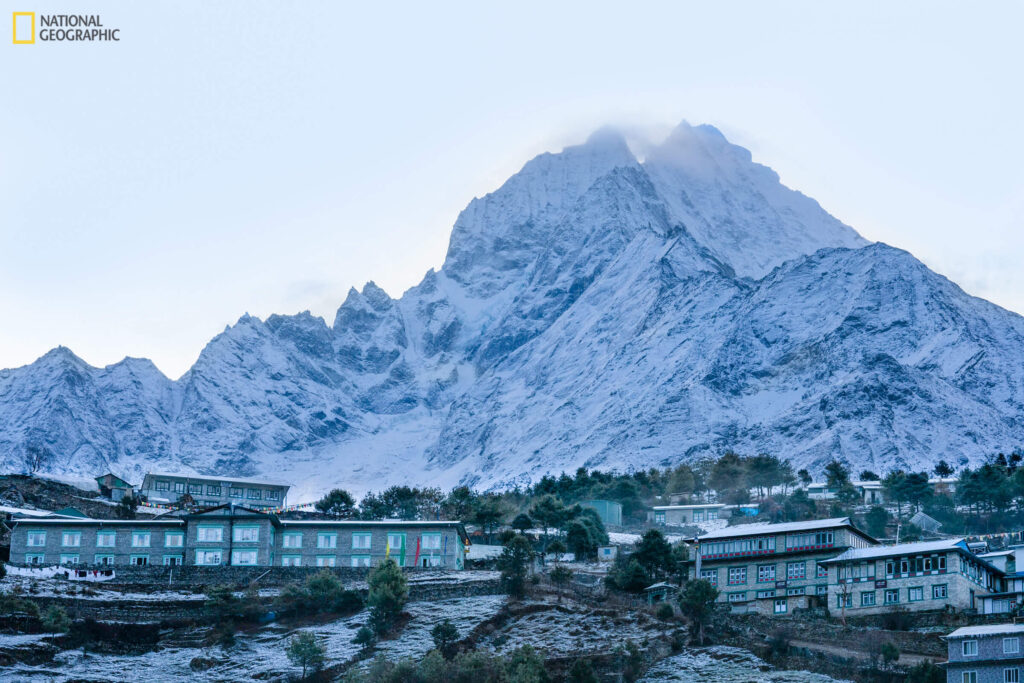
Assistant professor Aaron Putnam led a geology team that included doctoral candidate Peter Strand and graduate student Laura Mattas. The team’s goal was to document the Khumbu Glacier’s chronological history from the last ice age to the present.
Jonathan Baillie, executive vice president and chief scientist at the National Geographic Society, said, “Mountains are iconic and sacred places around the world, but the critical role they play in sustaining life on Earth is not well understood.
“This research will help decision-makers, on global and local levels, prioritize where action should be taken to protect mountain systems, the resources they provide, and the people who depend on them.”
To explore the data and compare water tower rankings, visit natgeo.com/PerpetualPlanet.
Contact: Beth Staples, 207.581.3777, beth.staples@maine.edu
